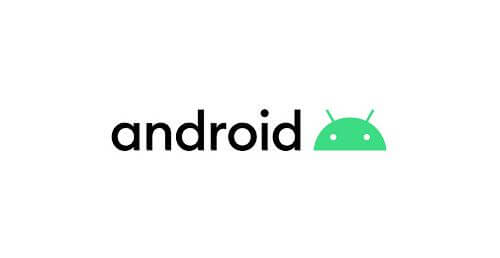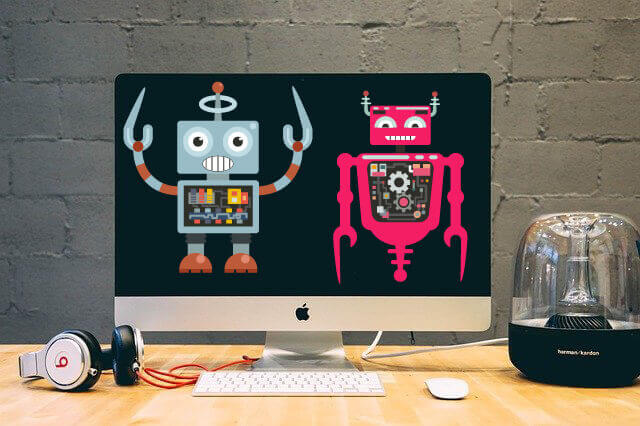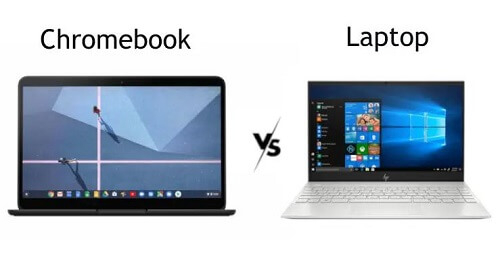All Google Android OS Versions That Has Been Released So Far
This article aims to provide a comprehensive overview of all Android OS versions and their respective release years.
Android stands out as the most prevalent mobile operating system globally, powering the majority of smartphones.
Developed by Google, this mobile OS serves as the foundation for numerous devices, including Samsung smartphones.
Throughout this article, we will guide you through a chronological exploration of all Android versions released since the inception of the operating system, offering insights into the evolution of this widely used mobile platform.
Android 1.5 (Cupcake)

The inaugural Android operating system, released by Google in 2009, marked the beginning of a revolutionary era for mobile devices.
Packed with innovative features, this version introduced a crucial element—the on-screen keyboard. This development was particularly significant as smartphones were transitioning to touch screen interfaces, gradually phasing out physical keyboards.
Additionally, this version showcased an abundance of widgets, adding further functionality and customization options for users.
Android 1.6 (Donut)

Later in the year 2009, a subsequent version of the Android OS was released, introducing notable enhancements.
This iteration brought the capability to seamlessly operate on various screen sizes, a pivotal advancement for accommodating the diversity of devices.
Additionally, it included expanded support for networks such as Verizon, a factor that significantly contributed to the global recognition and adoption of the Android OS.
Android 2.0 (Éclair)

Merely six weeks after Android 1.6, Android 2.0, also known as Eclair, was released. This version marked a significant milestone, gaining widespread recognition largely attributed to Verizon’s impactful marketing campaign.
Eclair introduced several noteworthy features, including turn-by-turn navigation, live wallpapers, and the much-appreciated pinch-to-zoom functionality.
This phase is often regarded as the starting point of the competition between IOS and Android, setting the stage for the ongoing rivalry between the two operating systems.
Android 2.2 (Froyo)

A mere four months after the release of Android 2.1, Android 2.2 swiftly followed suit, introducing notable features such as a standard dock and voice commands.
One particularly significant addition was the support for Flash in the Android browser—a crucial enhancement given the widespread use of Flash across various platforms.
Notably, during this period, Apple remained steadfast in its decision to abstain from offering Flash support, highlighting the diverging approaches between Android and iOS.
Android 2.3 (Gingerbread)

The Gingerbread version of Android played a pivotal role in establishing the operating system’s distinctive visual identity.
During this phase, the color green became a prominent and integral element of the Android OS, despite having already adorned the Android mascot.
This marked a significant step in defining the recognizable visual characteristics that have become synonymous with the Android operating system.
Android 3.0-3.2 (Honeycomb)

In 2011, the Honeycomb version of Android was unveiled, initially designed exclusively for tablets and launched alongside the Motorola Xoom.
Noteworthy for its dramatic user interface (UI), this version departed from the Android trademark green, opting for a distinctive blue color scheme.
The Honeycomb release marked a strategic focus on optimizing the Android OS for tablet devices.
Android 4.0 (Ice Cream Sandwich)

The Android Ice Cream Sandwich, released in 2011, marked a pivotal moment for the Android operating system by ushering in a modern design.
This version departed from the holographic appearance introduced in Android Honeycomb. It also played a crucial role in unifying the user interface (UI) across both tablets and phones, establishing a cohesive vision for the OS.
An essential feature introduced with Ice Cream Sandwich was the prominence of swiping, which became an integral and interactive aspect of the new operating system.
This release showcased Android’s commitment to evolving its design and user experience.
Android 4.1 and 4.3 (Jelly Bean)

Certainly. Here’s a refined version of your passage:
Following Android Ice Cream Sandwich, versions 4.1 and 4.3, collectively known as Jelly Bean, were released in 2012 and 2013.
These releases brought a heightened sense of refinement and polish to the Android operating system.
Notably, Google Now made its debut on Android Jelly Bean, adding an advanced and intelligent personal assistant feature to the platform.
Android 4.4 (KitKat)

n late 2013, the Android KitKat was released, signaling the conclusion of the era characterized by the black-and-blue aesthetics of previous versions.
KitKat ushered in a visual shift with lighter backgrounds and a move towards neutral tones, departing from the previous black and blue color scheme.
Additionally, this version introduced the “Ok Google” feature, enhancing voice-based interactions with the Android operating system.
Android 5 (Lollipop)

Certainly. Here’s a refined version of your passage:
Released on November 4, 2014, Android Lollipop served as an upgrade over the preceding Android 4 versions.
Subsequent releases, including versions 5.1 and 5.1.1, further refined the Android Lollipop experience, introducing improvements and enhancements to the operating system.
Android 6 (Marshmallow)

On October 2, 2015, Android Marshmallow was unveiled, marking the 23rd iteration of the operating system since its inception in 2009.
This release introduced notable features and enhancements, significantly improving the usability of the Android OS.
A subsequent version, 6.0.1, was also released, further refining the Android Marshmallow experience.
Android 7 (Cheesecake)

Introduced in 2016, Android Cheesecake stands out as a version that most smartphone users are familiar with, as it played a crucial role in ushering in a more modern Android system.
This release set the stage for subsequent updates in the Android ecosystem. Furthermore, Android Cheesecake saw later versions, 7.1 and 7.1.2, released by Google, bringing additional refinements and improvements to the platform.
Android 8 (Oatmeal cookie)

Users of more recent smartphones are likely running the Android 8 OS on their devices. Released on August 21, 2017, by Google, Android 8 introduced several enhancements and features to the operating system.
A subsequent version, Android 8.1, was released in December 2017, offering further refinements and improvements to the Android experience.
Android 9 (Pie)

Android 9, released on August 6, 2018, has become a staple in many mid-range smartphones today.
Notably, Google did not release any subsequent versions for Android 9, solidifying its place as a reliable and enduring version in the Android ecosystem.
Android 10 (Queen cake)

Android 10, also known as Queen Cake, made its debut on September 7, 2019, and has become a standard feature on many high-end smartphones today.
Similar to its predecessor, there were no subsequent versions released for Android 10, solidifying its position as a prominent and enduring version in the Android lineup.
Android 11 (Red velvet cake)

Android 11 was officially released on September 8, 2020, making it the latest Android operating system at the moment.
As of now, Android 12 is yet to be released, keeping Android 11 as the current and up-to-date version in the Android lineup.
Android 12 (Snow Cone)

Android 12 stands as the latest Android OS, bringing a host of fixes, improvements, and new features. Released on October 4, 2021, this update has been made available to all eligible Android phones, ensuring a more enhanced and feature-rich experience for users.
Conclusion
These encompass all the Android OS versions released since the inception of the mobile operating system.
Android enthusiasts are eagerly anticipating the arrival of Android 12 from Google, anticipating the latest innovations and improvements it will bring to the Android ecosystem.
Android 4 was released in 2011
And 12 was named Snow Cone and was released on February 18, 2021.
Nothing Phone (1) will be the first phone company to use Android 13, the company has been testing the Android 13 build internally and it’s expected to be released to their phone users in mid-December or early January 2023.







